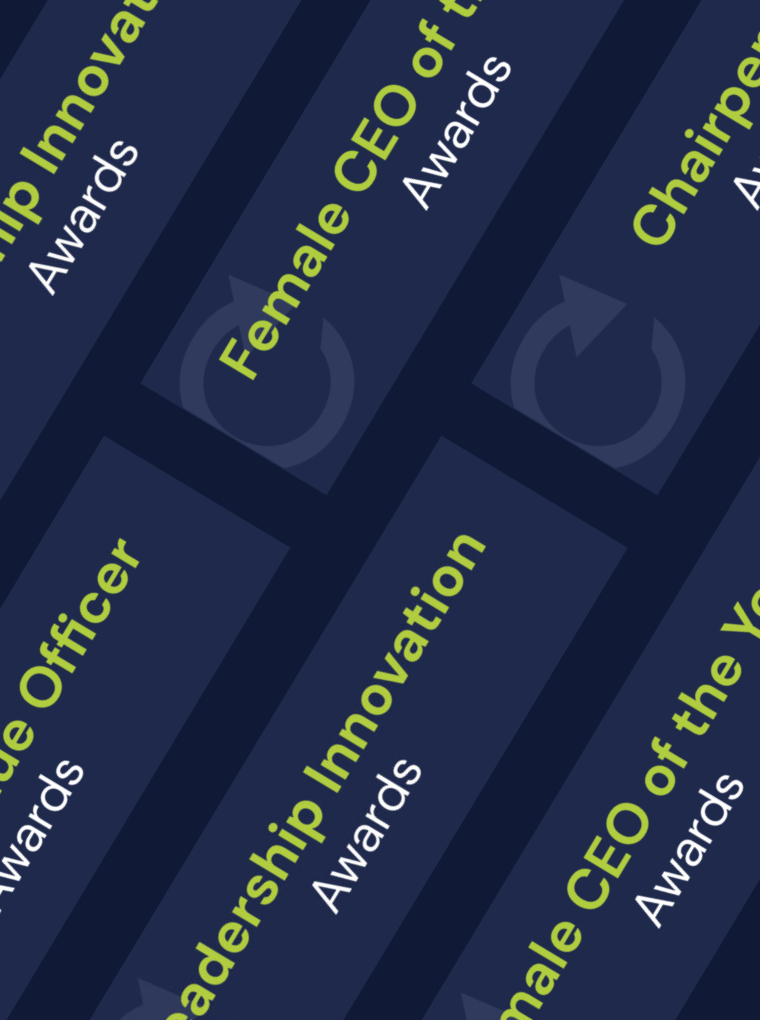Cross-Generational Strategy Alignment: Execution Techniques for Multigenerational Workforces

Workforce demographics are more varied than ever, with an influx of college graduates starting their careers and older adults staying employed for extended periods. Although a blend of tried-and-true methods and fresh industry perspectives benefits organizations, many leaders find aligning diverse generations toward the same strategic goals challenging. Yet, successfully leveraging generational strengths and unifying teams can give businesses a much-needed boost.
Understanding Generational Differences
Today’s companies employ baby boomers, Generation X, millennials and Generation Z, each raised with different beliefs, values, needs and wants that shape their work ethic. Generational clashes may occur when individual values impede teams’ abilities to perform well together. For example, baby boomers might perceive Generation Z as entitled, while this younger group could view older generations as digitally illiterate.
CEOs and managers must understand generational differences if they want their businesses to thrive. The four distinct values among these workers are as follows:
- Baby boomers: Comprise 25% of the workforce and maintain a competitive, conservative, work-centric approach
- Generation X: Accounts for 33% of the workforce and is considered independent, materialistic, and balanced in their work and home life
- Millennials: Make up 35% of the workforce and are growth-oriented, flexible and inquisitive
- Generation Z: Comprises 5% of the workforce and brings communication, openness, collaboration and diversity to business environments
Each generation’s values are critical, yet one-third of teams aren’t aligned with their organization’s strategic plans. Leadership must find a way to foster a workplace that honors and celebrates individual strengths to achieve optimal results.
Bridging Communication Gaps
Communication is the foundation of collaboration, clarity and trust among team members. It is a starting point for innovation and ensures everyone knows their responsibilities and goals to increase productivity and profitability.
The modern workplace utilizes multiple communication pipelines, from traditional in-person meetings to video conferencing and project management software solutions, catering to all age demographics’ preferences. For instance, older employees may be more used to going into the office for face-to-face interaction, while millennials and Generation Z prefer digital communication while working from home.
Experts recommend flexible, hybrid schedules so younger employees can enjoy working remotely, and older workers can still benefit from occasional office meetings. Leaders should also create a culture of inclusion and facilitate small groups for cross-generational connectedness and informal interactions.
Inclusive Leadership and Mentorship
Delivering comprehensive training to managers on inclusive leadership can help them manage multigenerational teams more effectively. Mentorship programs are particularly beneficial, allowing different generations to teach one another crucial skills.
According to Gallup, workers with formal mentorship are 38% more likely to agree they have someone they can rely on to help them achieve their professional goals. This is especially important for younger employees just entering the workforce and seeking career guidance.
The benefits of mentorship go two ways, though. While Generation Z might learn soft skills, dive into industry-specific knowledge and build confidence under a senior team member, longtime employees might gain insights into emerging trends, new technologies and how to embrace work-life balance.
Leveraging Technology and Collaboration
New technologies have enabled the cross-generational workforce. Cloud computing, in particular, gives remote workers access to critical applications and information off-premises, protecting sensitive data with robust security measures. These programs allow employees to share and edit files collaboratively and increase productivity.
A Gartner survey found that 80% of workers used shared workspace platforms in 2021. The pandemic further fueled video-based meetings. Despite nations lifting stay-at-home mandates with widespread vaccine rollout, remote work changed collaboration dynamics.
The right digital teamwork tools encourage open communication and knowledge sharing. Companies can enhance digital fluency through workshops, mentorship and a workplace culture shift that embraces new technologies to use these resources effectively.
Measuring and Adapting
A strategic plan is only successful with suitable metrics, monitoring and improvement. Leaders must establish key performance indicators (KPIs) to ensure a multigenerational workforce progresses toward the same objectives. KPIs could derive from employee surveys, one-to-one meetings or other feedback channels.
Workers can score their enthusiasm and connection to their team, while managers may track participation, project success rates, involvement in mentorship programs and technology adoption rates. Adapting the plan based on insights and data demonstrates a company’s commitment to cohesion, diversity and long-term success.
A Unified Workforce Defies All Ages
Although age is just a number, different generations have distinct values and expertise they can bring to an organization. Leaders can help their businesses succeed and grow by enhancing team interactions and working relationships as strategically as possible.






